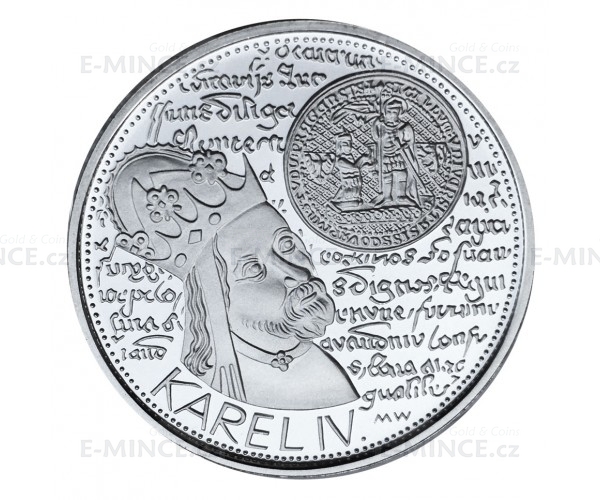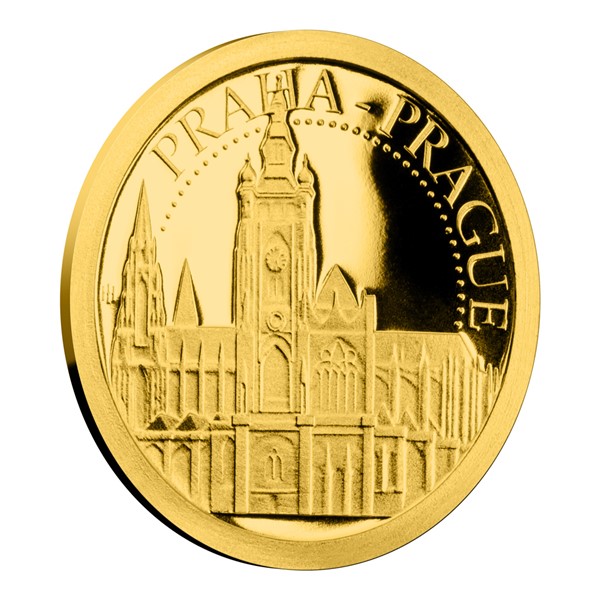New Advice For Vacuum Hardening Czechoslovakia Medals
Wiki Article
How Is A Plaster Mold Used To Make An Initial Physical Representation Of A Gold Coin Or Medal?
It is vital to know that the designer or artist will employ the gold coin or medal design as a reference. This design could be drawn by hand or a digital model created using graphic design software.Choosing the appropriate medium- Plaster is the most common material used for maquettes because of its flexibility and the ease of sculpting. Other materials like wax or clay could be utilized.
Plaster preparation is mixed with water to create a workable consistency. In order to ensure a clean mould the mix must be smooth and free of lumps.
This is the base on which maquettes are sculpted. The base could be a flat wooden surface or a board.
The artist starts by sculpting a maquette using the gold design. This involves shaping plaster to create relief or a three-dimensional rendition of the medals or coins.
Refinement and Detailing The artist will be focusing on adding fine details, redefining the shape of the design and ensuring that the proportions are precise. This stage requires attention to detail and precision.
Giving the plaster time to dry out and setWhen a sculpture is finished, it needs some time to dry and set. The maquette will harden and keep its shape.
Smoothing and finishing-After drying, the maquette's surface is smoothed, then refined to eliminate imperfections, bumps, or rough areas.
Preservation and Sealing - To protect maquettes and prepare them for the future process for scanning, or mold making, an adhesive or protection layer is applied.
The 3D plaster model created is used to illustrate the gold pattern on an item like a medal or coin. It serves as a guideline for subsequent stages of production such as digital reproduction, mold making for mass production or for artists to improve and visualize the design before finalizing the. Have a look at the most popular Czechoslovakia gold medals plaster molds site examples. including gold coins for sale, gold one dollar coin, 24k gold coin, 20 dollar coin, 2000 sacagawea dollar, gold bars for sale near me, $20 gold piece, spanish gold coins, mexican gold coins, 1 oz gold and more.

What Exactly Is The Process Behind Laser Technology To Refine The Surface Or Master Hub Of Gold Coins Or Medals Or Dies?
Laser technology is used to make master hubs, or dies, for gold coins and medals to get precise details and to refine the surface to improve accuracy. Let's take a look at how laser technology works in this process. Surface Refinement
The surface of the master hub or die is re-polished using laser technology after initial milling. It aids in smoothing out imperfections, removing burrs and small imperfections on the surface.
Detail Enhancement-
Laser ablation, or laser engraving techniques, are employed to enhance or add aspects of the hub master and die. Lasers allow for precise removal or etching of material, allowing the creation of delicate lines, textures, or complex patterns.
Microstructuring-
Laser microstructuring is the process of creating of microstructures or patterns on die surfaces. This technique can be utilized to impart specific patterns or textures that improve the appearance or security features of coins or medals.
Surface Hardening, or Treatment
In some cases laser technology can be employed for surface hardening or treatment of the die or master hub. This process can increase the strength and durability of the material.
Precision Changes
Laser technology allows for precise alterations and corrections of the die or the master hub, without affecting overall geometry. The surface can be changed to correct any imperfections or discrepancies that may affect the quality of the coins or medals that are struck.
Controlled Material Removal
Laser ablation is used for controlled removal of material, particularly in areas where complex specifics need to be defined or adjusted. It provides a non-contact method of material removal, preserving the integrity of the surrounding area.
The use of laser technology in refining the surface of dies and improving the details of dies or master hubs provides a greater quality of precision, greater details, and improved surface quality. It is a complement to conventional machining processes, allowing for the precision manipulation and enhancement of the surface characteristics of dies critical for striking top-quality gold coins and medals. View the top laser processing Czechoslovakia gold medals site tips. including 1 oz gold coin price today, krugerrand, gold panda coin, apmex gold, 1972 gold dollar, $20 gold piece, krugerrand, gold piece price, 24k gold bullion, cost of silver coin and more.

What Ways Do Gold Coins Or Medals Undergo Coating Processes To Protect The Metal?
Gold coins and medals may undergo coating processes for various reasons, including protection, appearance enhancement, or to achieve specific aesthetic effects. Below are the various coating processes that are used.
Clear Protective (Varies). A protective clear coating like lacquer is used to shield surfaces from oxidation. The coating helps protect the metal that is beneath the medal or coin and aids in maintaining the original look of the item.
Enhancement of Appearance
Gold plating, or gildingthe surface of a gold coin medal can be gilded or coated with a fine layer of gold. This gives the coin or medal an extra luxurious, shiny finish.
Aesthetic effects
Patina or antique finishes are made by chemical treatments or special coats. This creates a aged or oxidized appearance to the surface. It adds dimension and character to your design.
Colorization and Coloring Certain parts of a medal or coin are colored using specific coatings or enamels. This can be done to highlight specific design elements, add interest, or to create visually appealing designs.
Anti-Tarnish Coatings-
Anti-Tarnish Solutions- For coins or medals that have intricate designs or areas that are susceptible to tarnishing, anti-tarnish coats or solutions can be applied. These coatings can prevent oxidation or discoloration of metal surfaces over time.
Specialized Coatings For Security Or For Authentication
UV-Reactive Coatings. Certain coins or medals may have coatings that react to UV light to reveal hidden or encoded components. These are used to protect and authenticate the item.
Selective Coatings and Contrast
Selective Coating Removal - Certain coins and medals have their coatings removed in specific areas to make a distinction between the polished surface and the coated surface, which emphasizes certain design elements.
Each process has a distinct purpose, for instance, to enhance the appearance, protect metal, add security, or achieve certain aesthetic results. These coatings have an enormous impact on the appearance and longevity of gold medals and coins which increases their value. Take a look at the best coating Czechoslovakia gold coins blog recommendations. including 1oz of gold, george washington gold dollar coin, gold bullion bar price, gold coin store near me, gold coins coin, michael phelps medal, american eagle gold coin, buy gold coins, spanish gold coins, gold one dollar coin and more.

How Can You Create That Vintage Look Of Gold Medals Or Coins?
This is how it's done. This is the process and how to do it.
Chemical Patination: Chemical processes that involve acids or patina-inducing substances apply on the surface. These solutions create an controlled oxidation or tone, which gives the medal or coin an aged or antique look. It can be used to emphasize design elements and create depth.
Artificial Aging The use of chemical or mechanical methods are used to simulate natural wear and tarnish. Tools or treatments that are abrasive can be used to create scratches, scuffs, or worn areas, giving the coin or medal an aged look.
Toning or Staining – Specialized solutions or heat treatment are used for toning or staining surfaces. They produce different shades or hues. This can be replicated by the discoloration, toning, and fading that happens naturally in the course of time.
Polishing and Buffing Techniques: Certain areas can be chosen for a specific buffing process to remove highlights on the surface or layers. This creates contrast and give the appearance that wear has occurred.
There are many reasons to create an antique appearance
The visual appeal of some coins. enthusiasts and collectors prefer coins that have a vintage look. The aged style adds character and depth to the overall design.
Historical or Commemorative Meaning- Coins, medals and other commemorative items that pay tribute to historic events or moments can be seasoned to give them authenticity that is historical. They could also be aged to simulate coins from certain times.
Coins and medals that are antique are sought-after by collectors looking for unique items or limited editions. Antiqued looks can increase their collectible and desirable value.
Highlighting Design Details- Aging processes can highlight the intricate details of the design, by creating contrast between raised and recessed regions, making the design elements more noticeable and noticeable.
Minting authorities with artistic expression may use aging methods as a way of expressing their artistic style. They may add depth to the artwork and tell a story or even include symbols.
An intentional choice in art to create an antique finish on gold coins or medals can bring back memories or create interest to the visual. It can also provide a sense of history. It is crucial to strike a balance between the aesthetics as well as the intrinsic value of the coin. See the most popular antique finish of Czechoslovakia gold coins more tips. including price of 5 dollar gold coin, st gaudens double eagle, old coins, gold silver dealers, gold sovereign coins, congressional gold medal, krugerrand gold coin, gold coins coin, gold apmex price, 1 10 american gold eagle and more.
